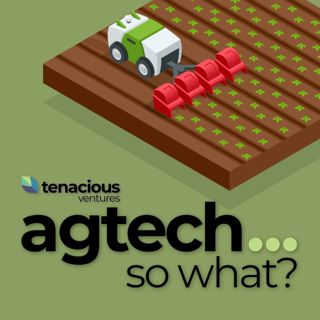Jaksokuvaus
There are many parts of the US that are at risk for severe drought and heat in the next 30 years due to climate change. But then there’s Kansas, where some growers pull irrigation water from a particularly vulnerable part of the gigantic Ogallala aquifer, which according to the latest science, may well be fully depleted by 2050. Western Kansas isn’t exactly the heart of the corn belt, but farming in the region does support substantial nearby livestock industries, including large confined dairy and beef cattle operations. If feed becomes sparse, or must come from more expensive, more distant geographies, the regional economic disruptions could be vast.Dan Northrup, part of Galvanize Climate Solutions’ Science and Tech team and an Associate Professor at Iowa State University, joins us today to talk about the risks, and opportunities, that this kind of water vulnerability introduces, and where he thinks public and private investors can act now. For more information and resources, visit our website. The information in this post is not investment advice or a recommendation to invest. It is general information only and does not take into account your investment objectives, financial situation or needs. Before making an investment decision you should read the information memorandum and seek financial advice from a professional financial adviser. Whilst we believe Information is correct, no warranty of accuracy, reliability or completeness.
